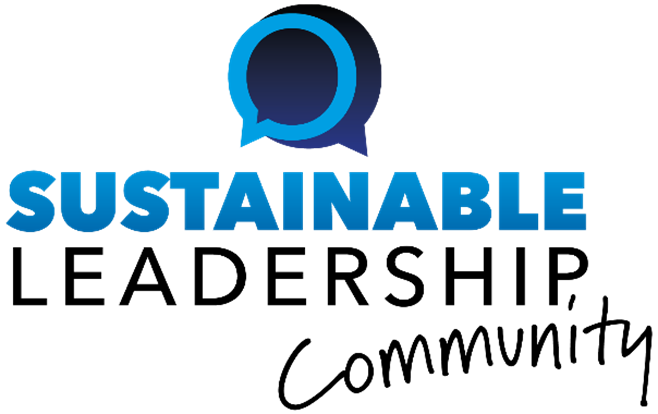When the most important asset of a company is human capital, attracting and retaining high-quality, motivated employees is the key to sustainable competitive advantage. High employee satisfaction makes the company attractive to the highest-quality potential employees, and keeps current employees motivated to do their best. The impact of employee satisfaction is found in the company’s results. […]
Read More… from Does Employee Satisfaction Improve Company Value? It Depends…
Work-life balance issues bring out the optimist in some, the pessimist in others. For pessimists, the work-life balance concerns of employees will be undermined when a firm faces increased competition — and ‘improves’ its management practices in response to that competition. Examples of improved management practices include: the introduction of lean manufacturing techniques; better tracking […]
Read More… from Does Work/Life Balance Help or Hurt Productivity?
In a world of business in which cooperation is often the key to success, many companies overlook the damage that infighting, extreme competition or knowledge hoarding by employees can cause to sales, profits and effectiveness. At the opposite end of the scale are the organizations that encourage and facilitate employee cooperation and generosity. Employees look […]
Read More… from Ways to Encourage Employees to Help Each Other
When in May 2013, software giant SAP announced that it would hire hundreds of people who were diagnosed with autism, the assumption among casual observers might have been that SAP was engaging in a laudable act of social responsibility. However, SAP executives, working with researchers and consultants in the field of autistic individuals in work […]
Read More… from Competitive Advantage through Individuals Outside the Norm
Motivation can be divided into two dimensions: outcome-focused and process-focused. With outcome-focused motivation, people are driven by the desire of an achievement. They want to finish the task so that the task is done. They want a finished report in hand and ready to be submitted; they want the presentation to be written and delivered. […]
Read More… from Can Employees Be Motivated by More than Money and Benefits?
Family-controlled companies are associated with tradition and continuity, but that doesn’t mean they’re ‘behind the curve’. A recent study suggests that when it comes to sustainable performance, they can beat other companies hands down. The study compared 149 large listed family businesses with similar non-family companies in seven countries — the US, Canada, France, Spain, […]
Read More… from Surviving a Recession: Seven Lessons from Family Businesses
The use of reference points — for example, a monthly sales quota of 20 sales — is at the heart of reference-dependent behavioural economic theories, the most influential being “prospect theory.” According to prospect theory, an outcome is evaluated based on a reference point. Failure to achieve the reference point (19 sales instead of 20) […]
Read More… from How Reference Points Motivate Us
In today’s information age, a key source of effectiveness in organizations is knowledge management, and more specifically knowledge sharing among employees. At the same time, one of the growing challenges faced by today’s employees is the time pressure caused by factors such as widespread corporate staff reductions and increase in job insecurity; struggling to do […]
Read More… from How to Ensure Knowledge Sharing under Pressure
It is well established, in research, that employees who are allowed to voice their opinions perceive decision-making procedures as more fair and are more likely to display pro-social behaviours and work in the collective interest. Relatively little, however, is known about what influences leaders’ decisions to grant ‘voice’ and act fairly. The results of the […]
Read More… from How Employees Win ‘Voice’ and Influence Decisions
In a white paper published by Kenan-Flagler Business School, Dan Bursch and Kip Kelly describe today’s workforce has decidedly multigenerational and comprised of five generations each with distinct general characteristics: Traditionalists (born pre-1946): traditionalists tend to have a strong work ethic that translates into stability and experience. Essentially they view of work as a privilege, […]
Read More… from Managing the Multigenerational Workplace




